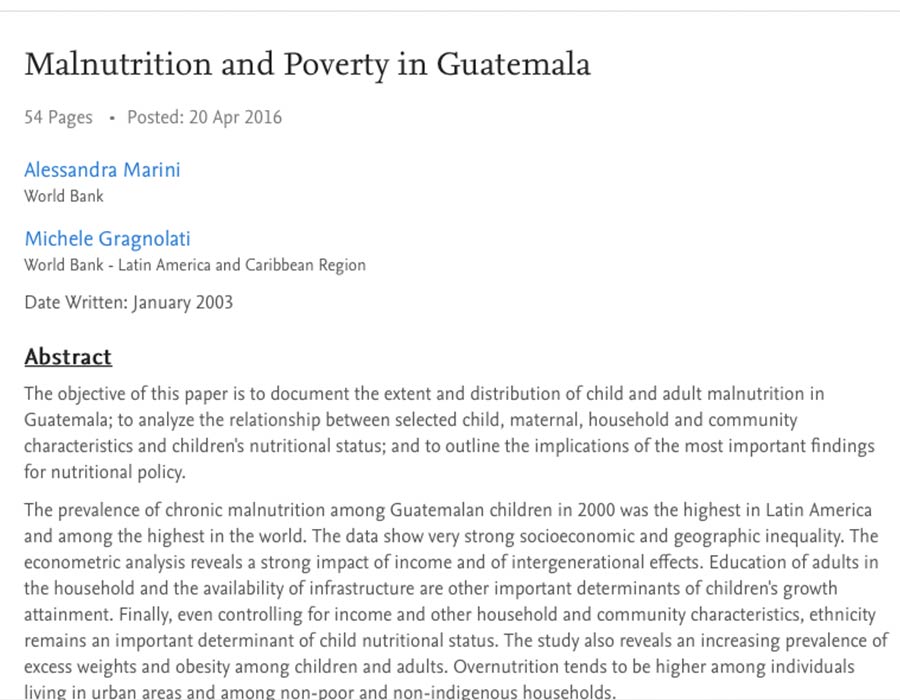
What Malnurishment looks like
Chronic childhood malnutrition is a debilitating consequence of poverty. Stunting is the telltale sign of chronic malnutrition, but its consequences are far more dire than poor physical growth. Chronically malnourished children are more susceptible to disease and infection, causing high rates of infant and child mortality. Chronic malnutrition also causes cognitive impairments, which are often irreversible. Children who suffer from these impairments are more likely to drop out of school and grow up to have less potential for economic success later in life.




